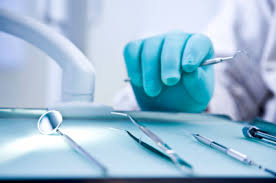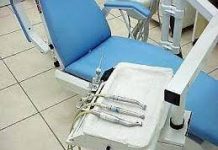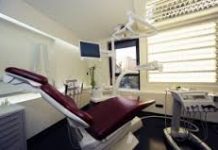Dental appliances.
Misaligned teeth is a very common characteristic among children and adults and orthodontic appliances are specific devices designed to correct teeth alignment; orthodontic is a specialty of dentistry focused on correcting misalignment of teeth, as the adjective ‘orthodontic’ means, more or less, straight teeth.
Orthodontic appliances, or braces, can be fixed and removable, they are applied on teeth and work by forcing them and their supporting structures to slowly move and change their respective positions, control their growth and development.
Teeth may be moved into an esthetically or physiologically better positions, such as better alignment within the dental arch or with the opposing dentition.
Orthodontic devices are also used in the treatment of fractures or injuries to the maxilla, to stabilize or immobilize the teeth and jaws.
Different ways may be implemented to align teeth and dental structures, orthodontic appliances may be fixed or removable, but they can also be divided into extraoral anchorages, an orthodontic holding device outside the mouth, intraoral orthodontic appliances, when a device is placed inside the mouth to correct or alleviate malocclusion and retainers, an appliance or device that keeps a tooth or partial denture in proper position.
Orthodontic appliances may be applied by the general dentist, but more opportunely, by the orthodontist, a dentist specialized in orthodontic. Fixed appliances may be removed only by the dentist or the orthodontist, the removable ones by the patient himself.
Usually teeth alignment can be correct at any ages, even if for adults it may require a longer treatment, because bones don’t grow anymore.
Types of orthodontic appliances are numerous; some kind are retainers, palatal expanders, Herbst appliances, headgears, forsus.
Because no one method works for everyone, case by case the dentist or the orthodontist will plan the specific treatment for each patient. Usually, before applying an orthodontic device the dentist will conduct a clinical exam, take impressions of the teeth, photos of face and teeth and order X-rays of the mouth and head.
Orthodontic appliances. Braces.
Braces are basicly composed of brackets, small squares that are bonded directly to the front of each tooth or sometimes to the back of teeth; arch wires, attached to the brackets and act as tracks to guide the movement of the teeth; orthodontic bands: in some cases brackets may be applied on orthodontic bands, stainless steel or tooth-colored materials that are cemented to the teeth.





